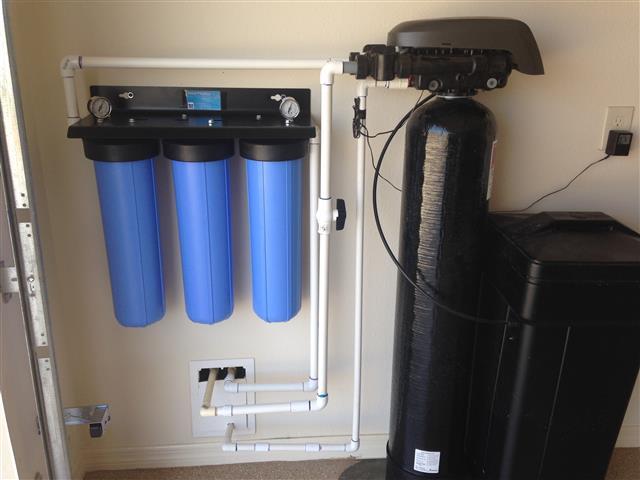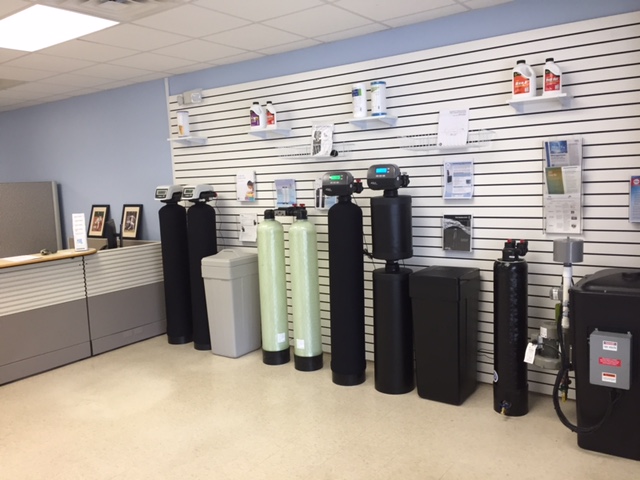Fundamentally, a water conditioner deals with water by removing the hardness plus minerals by means of an ion exchange process, and including some kind of sodium or potassium. Usually, the conditioner has a mineral storage tank including resin beads, in addition to a salt water tank containing salt. These might be joined in one tank or more separate devices. Individuals have the option to soften their entire water supply, or only the hot one.
The resin beads are accountable for the ionic process which removes the tough bits discovered in calcium as well as lime range. Water goes into the tank of the conditioner, after that moves toward and over the beads with just the best quantity of get in touch with, so it can take away unneeded components and hence, soften the water.
The electrical charge of the resin beads and inbound water opposes each various other, as well as this distinction draws the softened hardening water particles, then maintains them amidst the resin grains in order for the device to launch soft water. Once the resin beads end up being full of suspended bits, the water softener automatically goes into a regrowth cycle, which entails bringing in water, after that flushing out the hardened fragments of material beads with making use of a salt-water or salt water combination.
Considering that they can only fit a lot, the regrowth procedure or brining is needed. A quality water softener has material beads that last as long as the water softener. Granting that problems are normal, there is no need for substitute. However, the salt supply needs to be renewed on a regular basis, as well as experts recommend to utilize a kind that is as tidy as a sale pellet.
What does regrowth imply as well as can a water conditioner injured a septic system? Know more insights about water softening via this link: https://drinkfiltered.com/best-water-softeners/.

During the operation of the water conditioner, solidity bits accumulate in the conditioner’s resin bed. As soon as the accumulation increases to a particular level, the softener automatically begins the procedure of blending salt inside the tank with many gallons of inbound water in order for the bits to clear off the material bed. After that it purges the tank, as well as is now ready to repeat the procedure of softening the water.
It generally takes a few to more than 30 minutes for regeneration to take place, and also its operation can be learnt through a range. There are individuals that think that regrowth hurts their pluming/septic system, though under typical problems, it does not impact either of their procedure or lifetime, or even drain-field soil percolation. So, water softeners are not a threat for septic tanks.
A great deal of water softeners consist of 10 feet of hose which drains pipes the water after regrowth. If draining is required greater than 10 feet away, this would certainly need an additional, matching draining line. However, the drainpipe must not be relocated beyond 30 feet away from the conditioner. The quantity of water used in regeneration varies commonly among versions, yet majority of typical designs utilize around 50 gallons in every regeneration cycle.
Generally, regrowth happens in the center of the night, when water is not being made use of, or it can additionally be readied to take place any time of the day, whenever practical. In situation the water is utilized while regeneration takes place, it comes straight from the well, which is a problem of some families.
This is addressed by a dual-tank, given that it has a book tank. While one container dispenses, the other one regenerates and the other way around. This allows soft water supply to be constant when somebody needs water during the early hours of the early morning.





